Home>Kitchen & Cooking>Kitchen Gadgets & Utensils>How To Use An Espresso Kettle
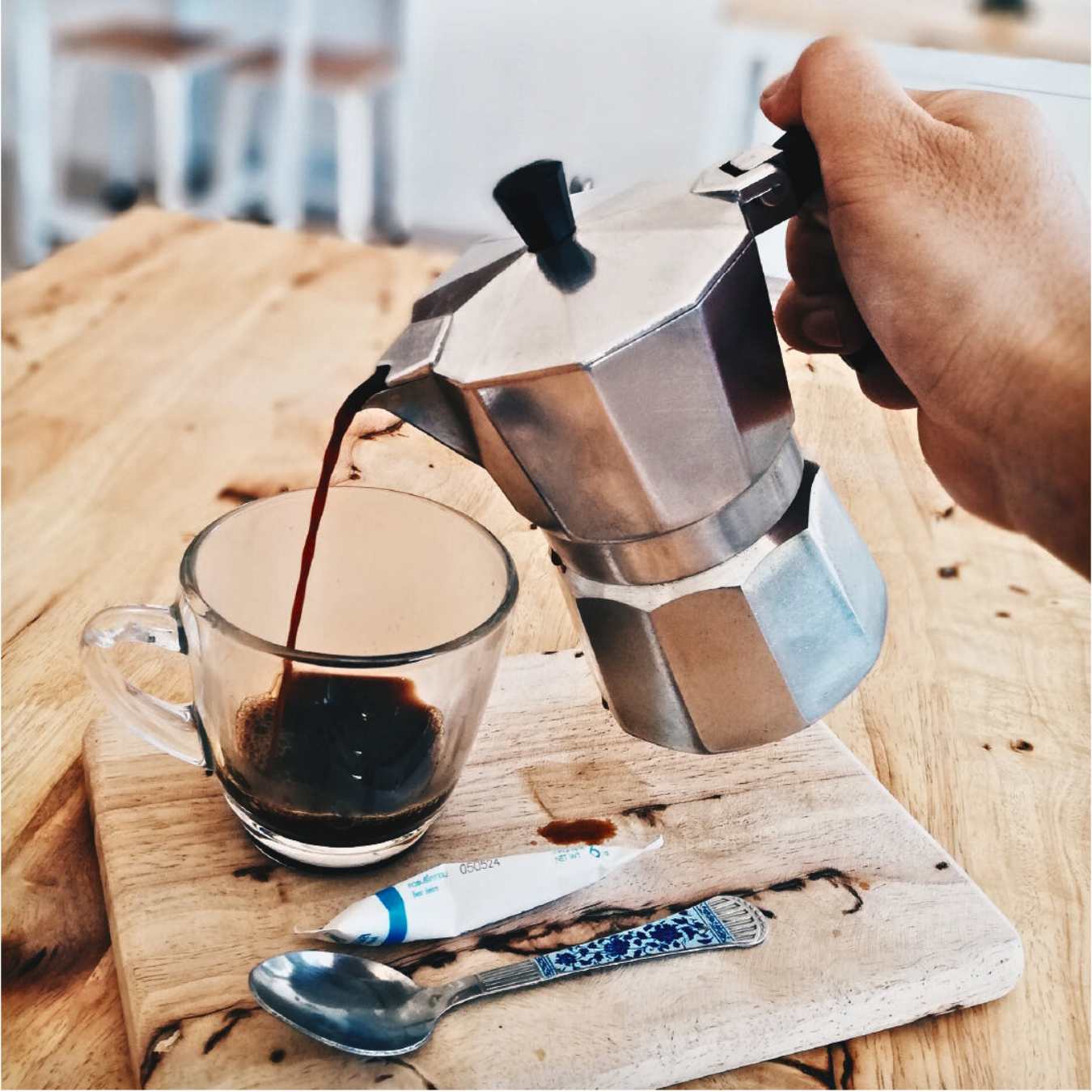

Kitchen Gadgets & Utensils
How To Use An Espresso Kettle
Modified: March 2, 2024
Learn how to use an espresso kettle to brew the perfect cup of coffee at home. Find tips and tricks for using kitchen gadgets and utensils. Elevate your coffee game today!
(Many of the links in this article redirect to a specific reviewed product. Your purchase of these products through affiliate links helps to generate commission for Storables.com, at no extra cost. Learn more)
Introduction
So, you've decided to take your love for coffee to the next level and delve into the world of making espresso at home. Congratulations! You're about to embark on a rewarding journey that will not only elevate your coffee game but also bring a touch of artisanal charm to your daily routine.
At the heart of this venture is the espresso kettle, a simple yet indispensable tool that holds the key to unlocking the rich flavors and aromas of finely ground coffee beans. Whether you're a seasoned barista or a curious coffee enthusiast, mastering the art of using an espresso kettle is a gratifying skill that promises to enrich your coffee experience.
In this guide, we'll explore the ins and outs of using an espresso kettle, from selecting the right one for your needs to the step-by-step process of preparing and brewing espresso. Additionally, we'll delve into essential tips for cleaning and maintaining your kettle, ensuring that it remains a faithful companion in your pursuit of the perfect cup of espresso.
So, grab your favorite mug, and let's dive into the wonderful world of espresso brewing with an espresso kettle!
Key Takeaways:
- Choose the right espresso kettle by considering material, capacity, handle design, spout, compatibility, and brand reviews. It’s essential for a satisfying espresso brewing experience.
- Prepare, brew, and maintain your espresso kettle for a delightful homemade espresso experience. From rinsing and heating to descaling and polishing, proper care ensures a reliable and flavorful brew.
Read more: How To Use A Fellow Kettle
Choosing the Right Espresso Kettle
When it comes to selecting an espresso kettle, there are several factors to consider to ensure that you find the perfect match for your brewing needs. Here are some essential aspects to keep in mind:
- Material: Espresso kettles are commonly made of stainless steel, aluminum, or copper. Stainless steel kettles are durable and easy to maintain, while aluminum kettles heat up quickly and are lightweight. Copper kettles offer excellent heat conductivity but require more upkeep to maintain their luster.
- Capacity: Consider how many cups of espresso you typically brew at once. Kettles come in various sizes, so choose one that aligns with your brewing habits.
- Handle Design: Look for a kettle with an ergonomic handle that provides a comfortable grip and remains cool to the touch during use.
- Spout: A precision pour spout is crucial for achieving a steady, controlled flow of hot water when brewing espresso. Ensure that the kettle’s spout design allows for accurate pouring without drips or spills.
- Compatibility: If you plan to use the kettle on a stovetop, verify that it is compatible with your specific type of stove, whether gas, electric, or induction.
- Brand and Reviews: Research reputable brands known for producing high-quality espresso kettles. Reading customer reviews can offer valuable insights into the performance and durability of a particular kettle.
By carefully considering these factors, you can narrow down your options and select an espresso kettle that aligns with your brewing preferences and lifestyle. Whether you prioritize durability, heat retention, or aesthetic appeal, the right kettle will serve as a reliable tool in your pursuit of crafting exceptional espresso.
Preparing the Kettle
Before diving into the brewing process, it’s essential to properly prepare your espresso kettle to ensure optimal performance and a delicious end result. Here’s a step-by-step guide to preparing your kettle for brewing:
- Rinse and Clean: Begin by rinsing the kettle with warm water to remove any dust or residue that may have accumulated during storage. Use a mild dish soap and a soft sponge to gently clean the exterior and interior of the kettle, then rinse thoroughly.
- Inspect the Interior: Take a moment to inspect the interior of the kettle for any lingering particles or debris. Ensure that the kettle is free of any foreign matter that could affect the purity of the water used for brewing.
- Fill with Water: Fill the kettle with fresh, cold water, taking care not to exceed its maximum capacity. The quality of the water is crucial, so use filtered or bottled water for the best results, especially if your tap water has a high mineral content.
- Heat the Water: Place the kettle on the stovetop or heat source of your choice. Adjust the heat to bring the water to the ideal temperature for brewing espresso, typically around 195-205°F (90-96°C). Keep a close eye on the kettle as the water heats up.
- Prime the Kettle: Once the water reaches the desired temperature, carefully pour out the hot water from the kettle. This not only ensures that the kettle is thoroughly heated but also pre-warms your brewing vessel, whether it’s an espresso pot, moka pot, or portafilter.
By following these preparatory steps, you’ll set the stage for a successful brewing session with your espresso kettle. The clean, heated kettle and pristine water will contribute to the overall flavor and quality of the espresso, allowing you to savor the nuanced notes and rich crema that characterize a well-crafted cup of this beloved coffee beverage.
When using an espresso kettle, make sure to preheat it with hot water before adding the coffee grounds. This helps maintain the optimal brewing temperature and ensures a better extraction of flavors from the coffee.
Brewing Espresso with the Kettle
Now that your espresso kettle is primed and ready, it’s time to embark on the exhilarating process of brewing espresso. Whether you prefer the classic stovetop method or a modern twist on traditional brewing, the following steps will guide you through the art of crafting a delightful cup of espresso using your kettle:
- Measure the Coffee: Start by measuring out the desired amount of finely ground coffee, typically around 18-20 grams for a double shot of espresso. Adjust the quantity to suit your taste preferences and the capacity of your brewing vessel.
- Preheat the Brewing Vessel: If using an espresso pot or moka pot, preheat the lower chamber by running it under hot water. This step helps maintain the temperature of the brewing process and ensures even extraction.
- Add Water to the Kettle: Fill the kettle with the appropriate amount of fresh, filtered water, considering the volume needed to brew your desired number of espresso shots.
- Heat the Water: Place the kettle on the stovetop or heat source and bring the water to a gentle boil. Keep a close watch to prevent over-boiling, as water that is too hot can scald the coffee grounds and result in a bitter flavor.
- Assemble the Brewing Setup: If using an espresso pot or moka pot, assemble the brewing vessel and fill the filter basket with the measured coffee grounds. Secure the upper chamber onto the base, ensuring a snug fit.
- Pour the Water: Once the water reaches the optimal temperature, carefully pour it into the designated compartment of the brewing vessel. The hot water will percolate through the coffee grounds, infusing the rich flavors and aromas into the espresso.
- Brew and Serve: Place the assembled brewing setup back on the stovetop over gentle heat. As the water vaporizes, it will build pressure, forcing the brewed espresso to ascend into the upper chamber. Once the brewing process is complete, pour the freshly brewed espresso into your favorite cup and savor the exquisite flavors.
By following these steps, you’ll harness the full potential of your espresso kettle to create a velvety, full-bodied espresso that captures the essence of this beloved coffee tradition. Whether you enjoy it as a standalone indulgence or use it as the foundation for luscious coffee-based beverages, your homemade espresso is sure to delight your senses and elevate your coffee rituals.
Cleaning and Maintaining the Kettle
Proper maintenance and care are essential to ensure that your espresso kettle remains in top-notch condition, consistently delivering exceptional performance and longevity. Here are some essential tips for cleaning and maintaining your kettle:
- Regular Cleaning: After each use, rinse the kettle with warm water and a mild dish soap to remove any residual coffee oils or mineral deposits. Use a non-abrasive sponge to gently scrub the interior and exterior, then rinse thoroughly.
- Descale Periodically: Over time, mineral deposits from water, known as scale, may accumulate inside the kettle. To descale the kettle, fill it with equal parts water and vinegar, then bring the solution to a gentle boil. Allow it to simmer for a few minutes before discarding the mixture and rinsing the kettle thoroughly.
- Dry Thoroughly: After cleaning, ensure that the kettle is completely dry before storing it. Use a soft cloth to dry the exterior and interior, and leave the lid off to allow any residual moisture to evaporate.
- Polish the Exterior: If your kettle has a stainless steel or copper exterior, consider using a specialized metal polish to maintain its luster and shine. Follow the manufacturer’s instructions for the appropriate cleaning and polishing products.
- Store Properly: When not in use, store the kettle in a dry, well-ventilated area to prevent moisture buildup. Avoid stacking other items on top of the kettle to prevent scratches or dents.
- Check and Replace Parts: Periodically inspect the handle, spout, and any other components for signs of wear or damage. If any parts show excessive wear, consider replacing them to maintain the kettle’s functionality and safety.
By incorporating these cleaning and maintenance practices into your routine, you’ll preserve the quality and performance of your espresso kettle, ensuring that it continues to be a reliable tool for brewing exquisite espresso. With proper care, your kettle will remain a cherished companion in your coffee-making endeavors, consistently delivering the rich, aromatic brews that bring joy to your daily coffee rituals.
Read more: What Is A Kettle Used For
Conclusion
Congratulations on acquainting yourself with the art of using an espresso kettle to brew exquisite espresso at home. By mastering the selection, preparation, brewing, and maintenance of your kettle, you’ve taken a significant step toward elevating your coffee experience and embracing the craft of artisanal coffee making.
As you embark on your espresso brewing journey, remember that each cup of espresso is a canvas for creativity and expression. Experiment with different coffee blends, explore various brewing techniques, and savor the delightful nuances of flavor and aroma that each cup brings. Whether you prefer the timeless allure of a stovetop espresso pot or the convenience of a modern kettle, the joy of crafting your own espresso lies in the journey of discovery and the pleasure of sipping a perfectly brewed cup.
Embrace the ritual of preparing your kettle, savor the aromatic symphony of freshly ground coffee, and revel in the satisfaction of pouring a velvety stream of espresso into your cup. Let each step be a mindful celebration of the craftsmanship and care that goes into creating this beloved coffee tradition.
As you continue to hone your skills and expand your coffee repertoire, may your espresso kettle remain a steadfast companion, faithfully delivering the rich, indulgent brews that punctuate your days with moments of pure delight. With each sip, may you find inspiration, comfort, and a deep appreciation for the simple yet profound pleasures that a well-crafted cup of espresso brings.
So, go ahead, unleash your creativity, savor the journey, and relish the art of brewing espresso with your trusty espresso kettle. Here’s to many more delightful cups of homemade espresso and the joy of sharing this timeless tradition with those who appreciate the simple luxury of a perfect cup of coffee.
Frequently Asked Questions about How To Use An Espresso Kettle
Was this page helpful?
At Storables.com, we guarantee accurate and reliable information. Our content, validated by Expert Board Contributors, is crafted following stringent Editorial Policies. We're committed to providing you with well-researched, expert-backed insights for all your informational needs.
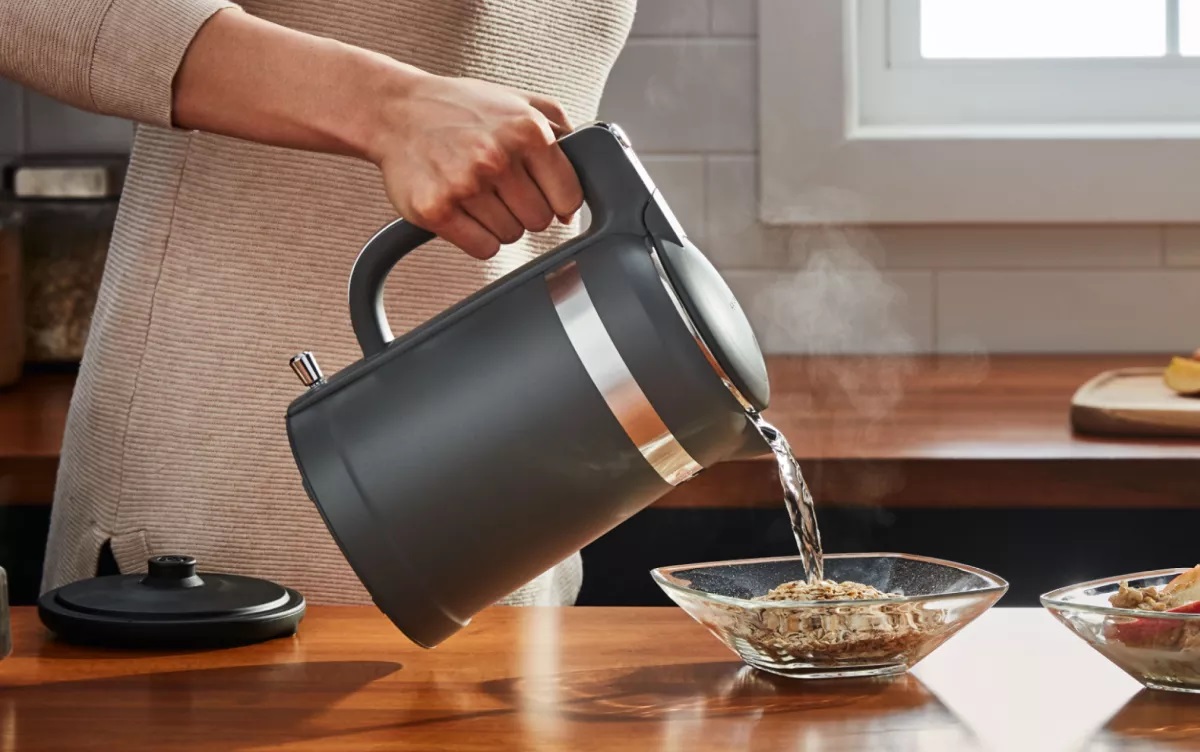
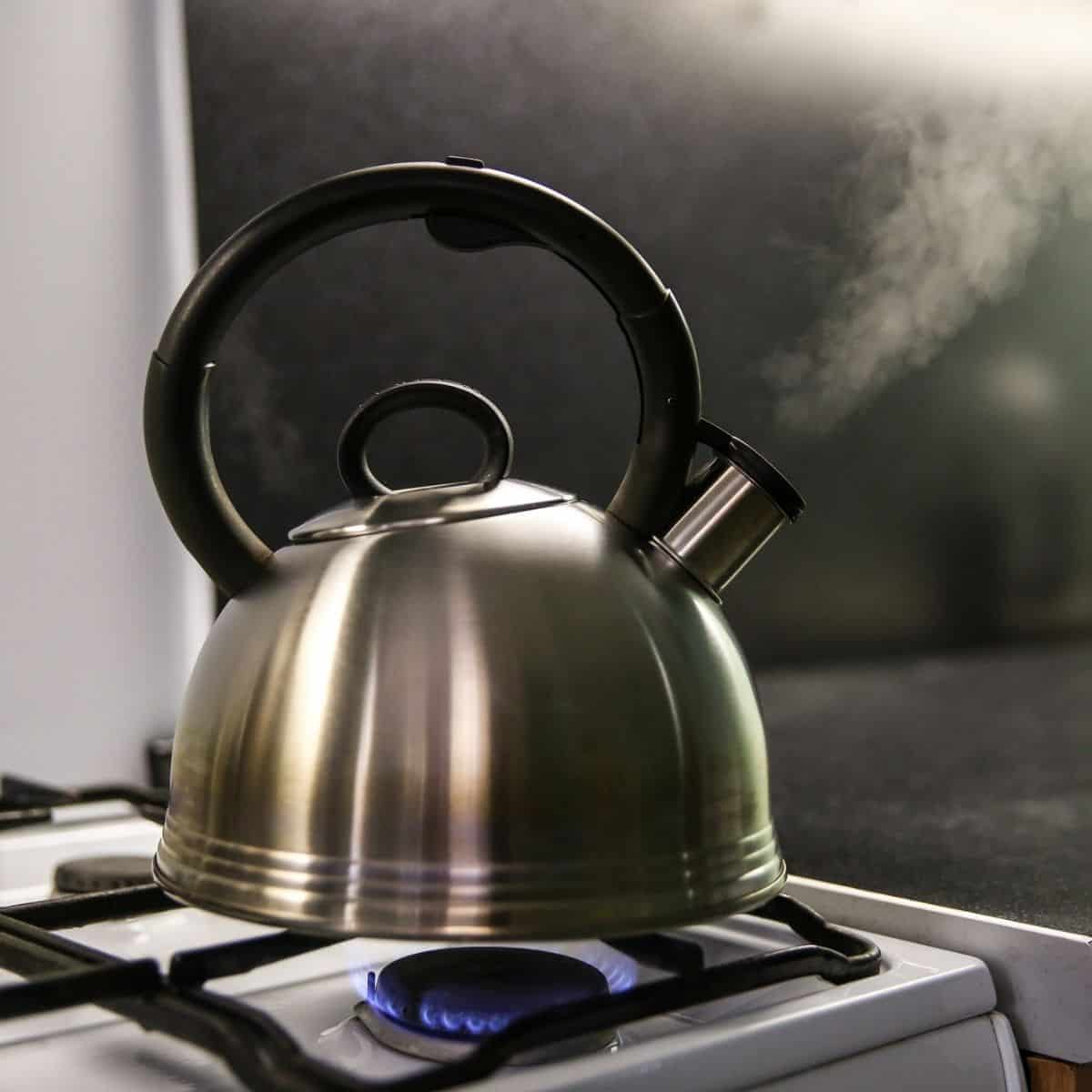
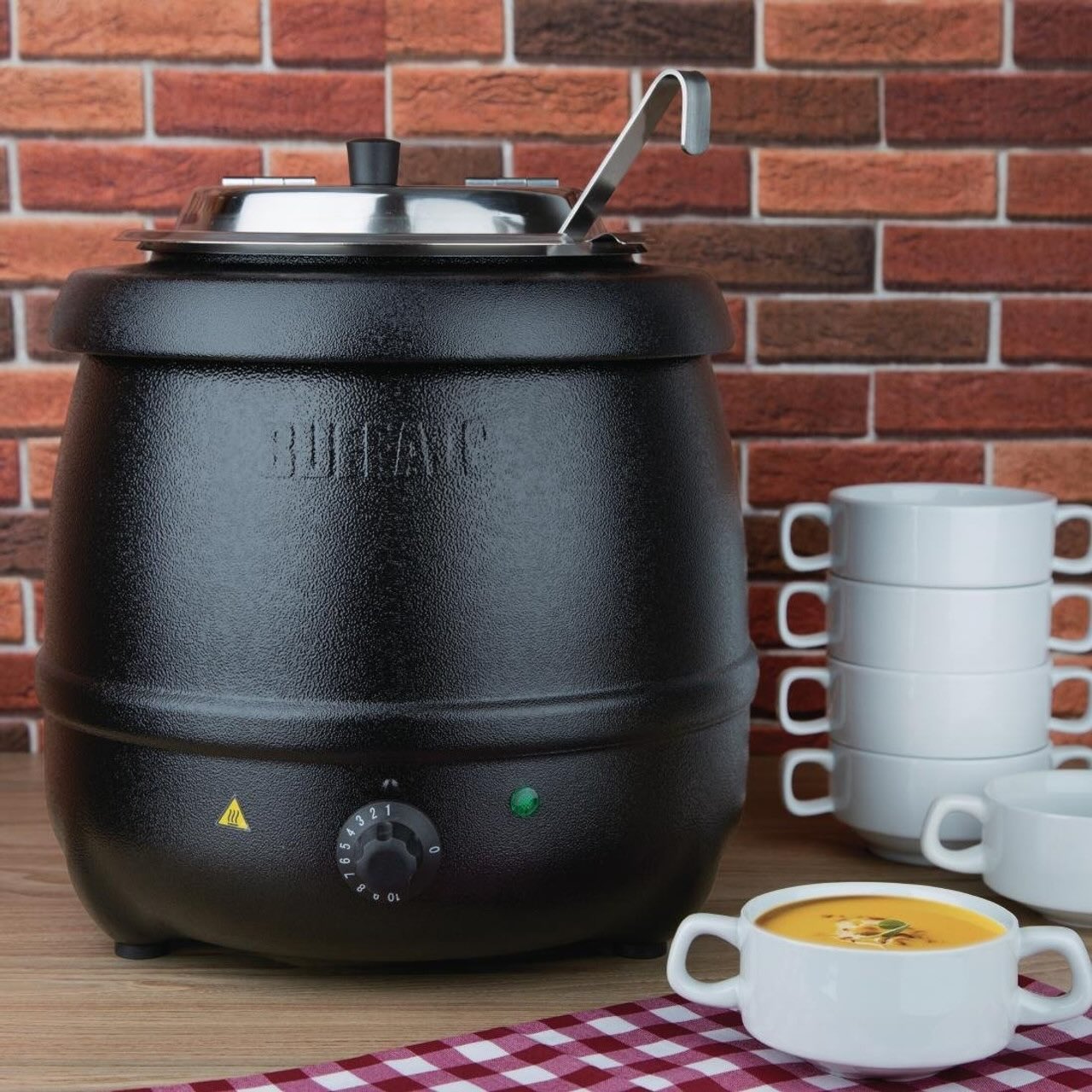
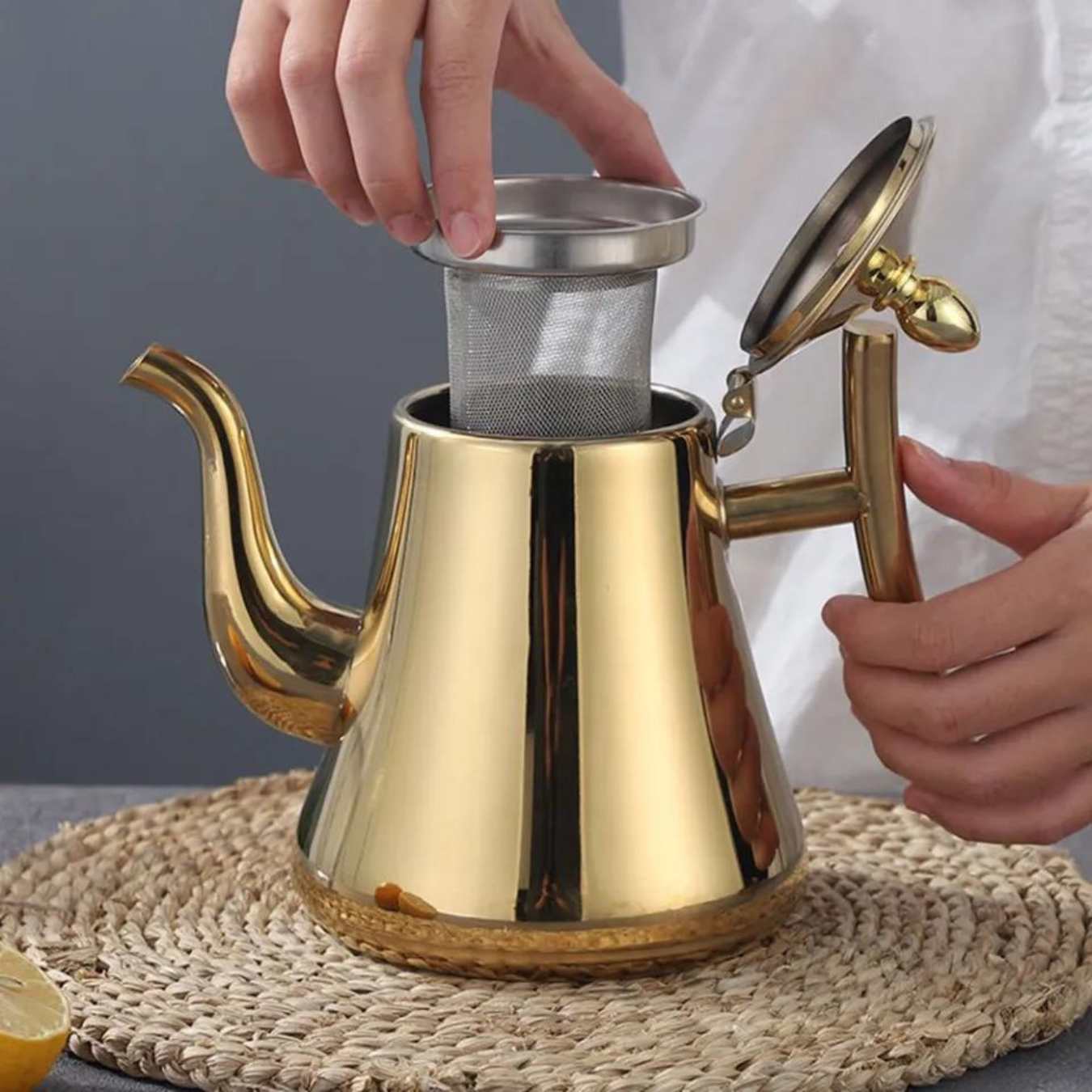
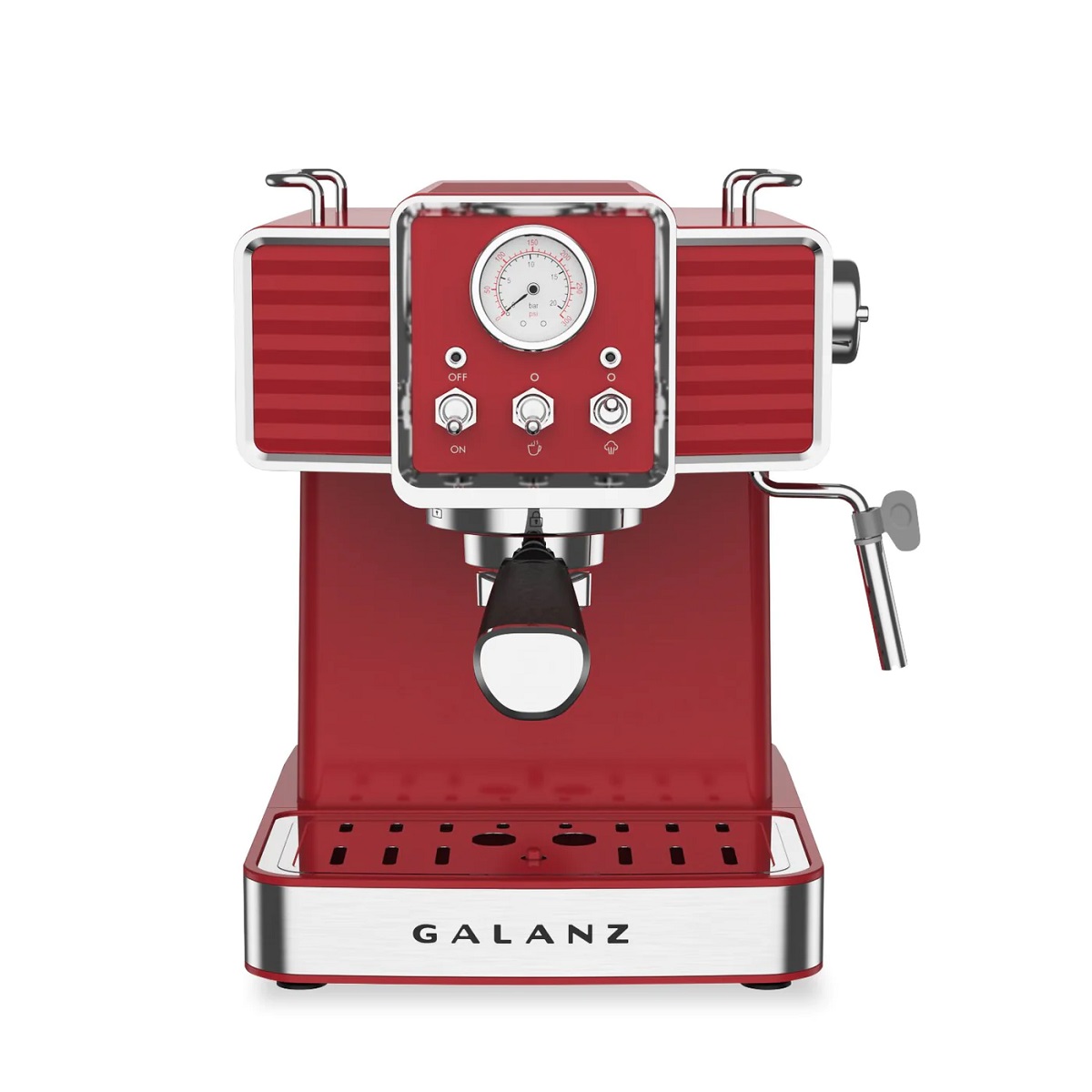
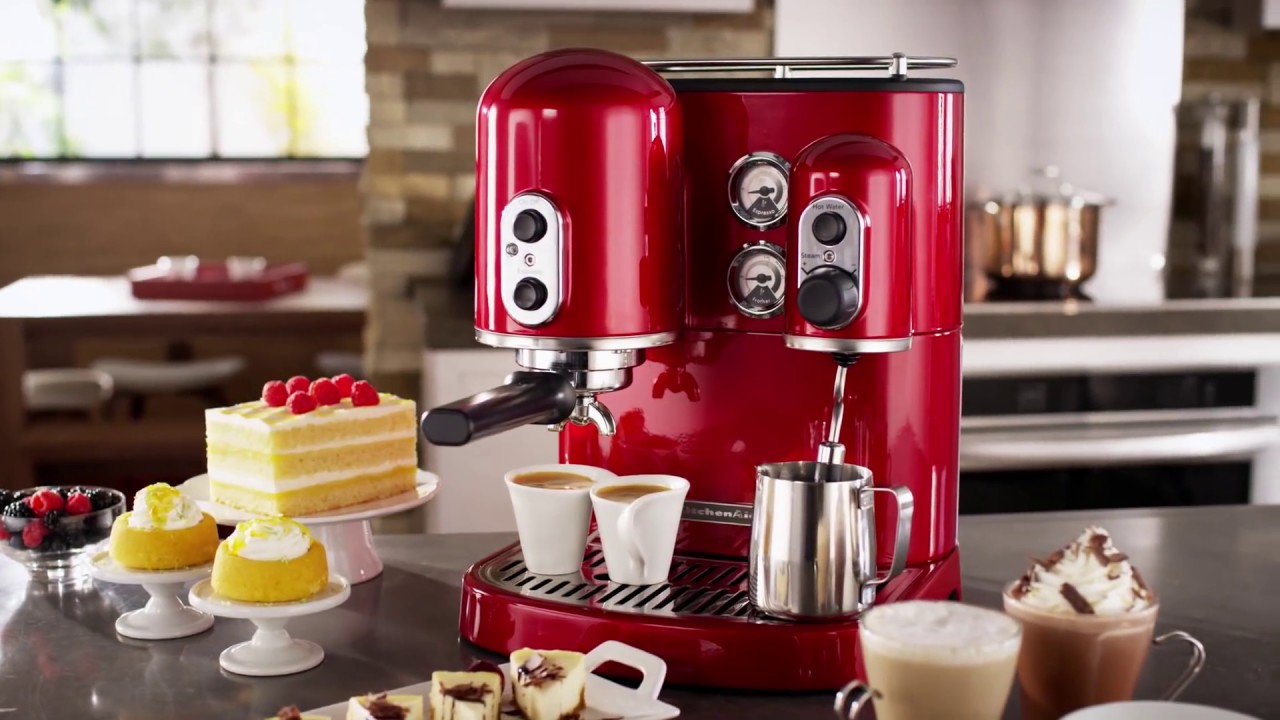
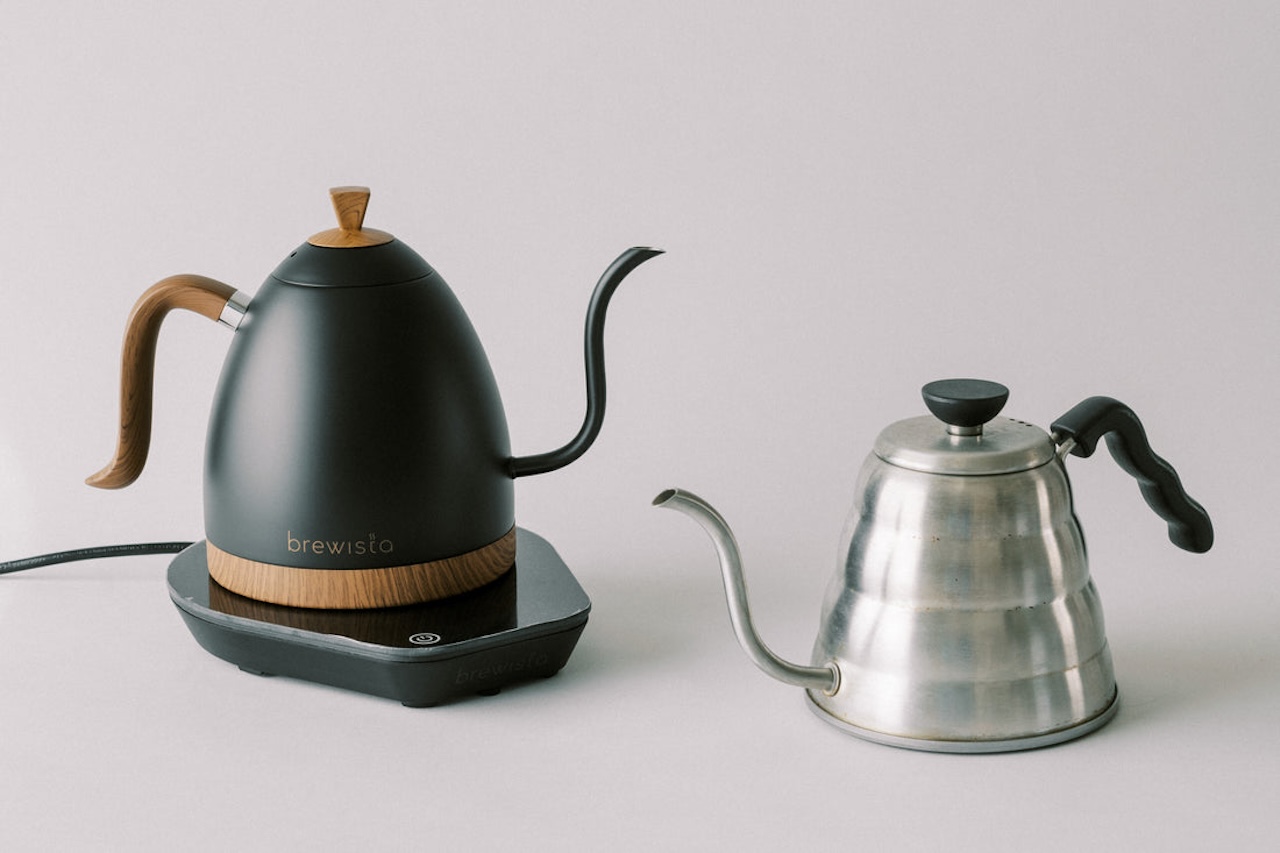
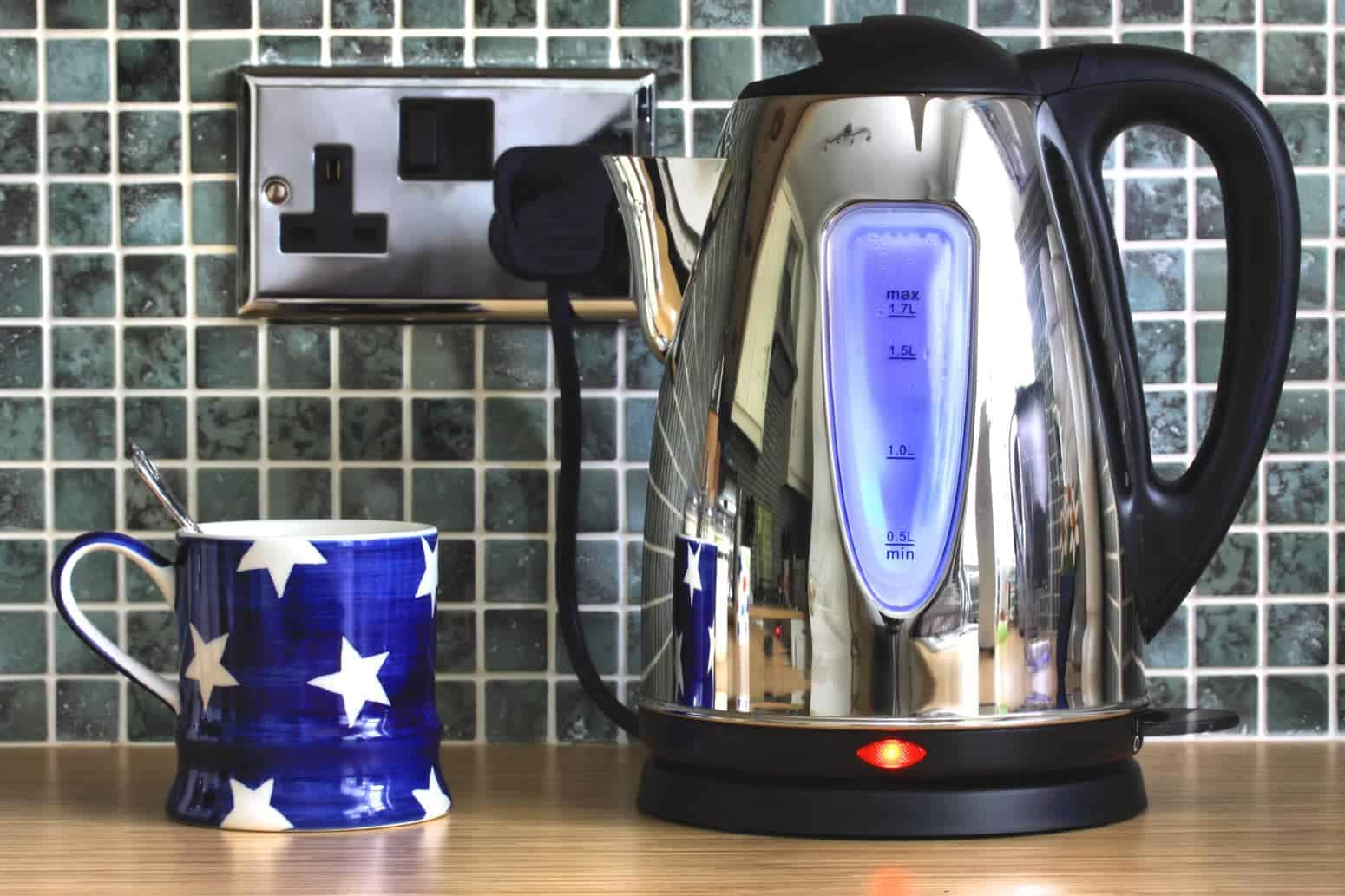
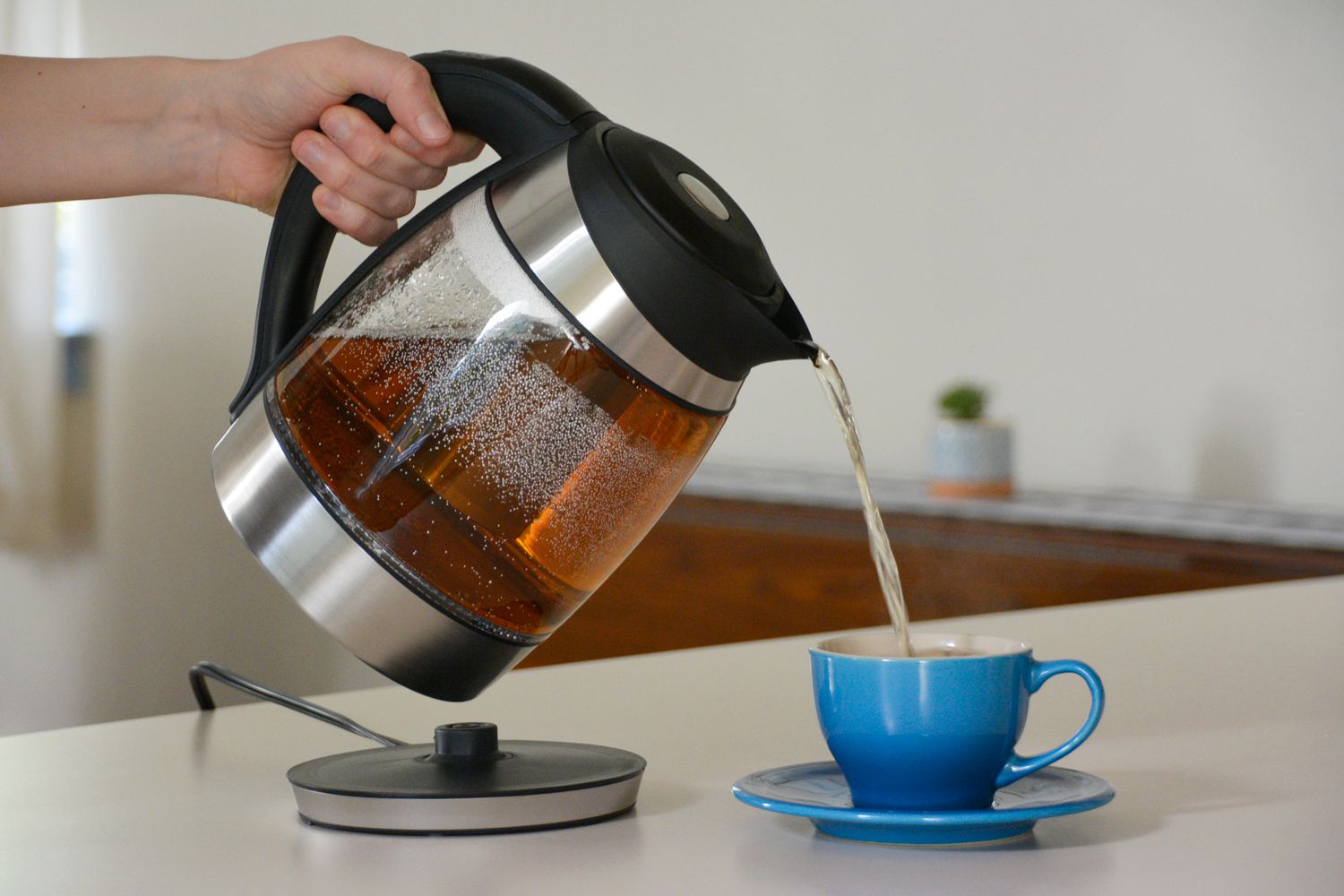
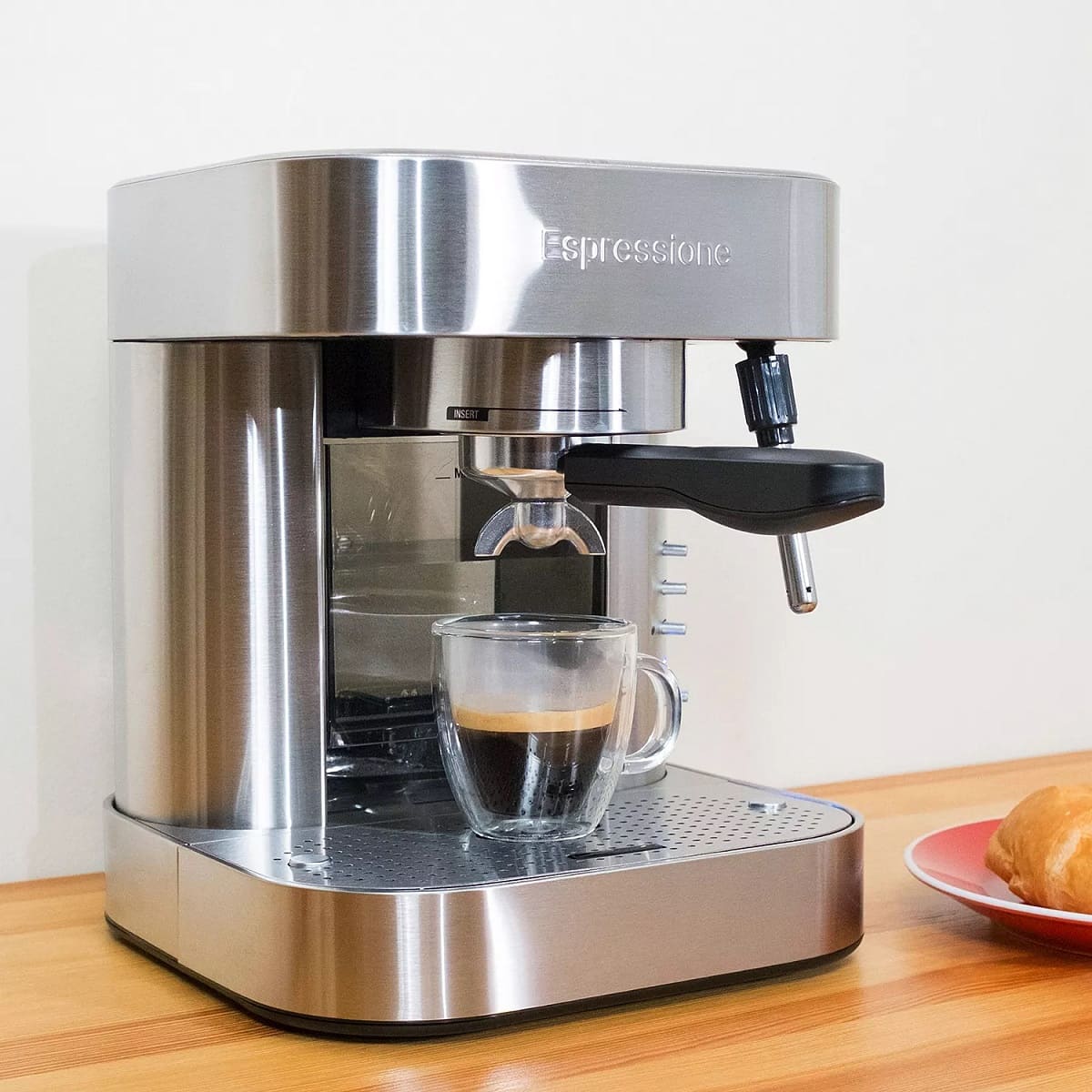
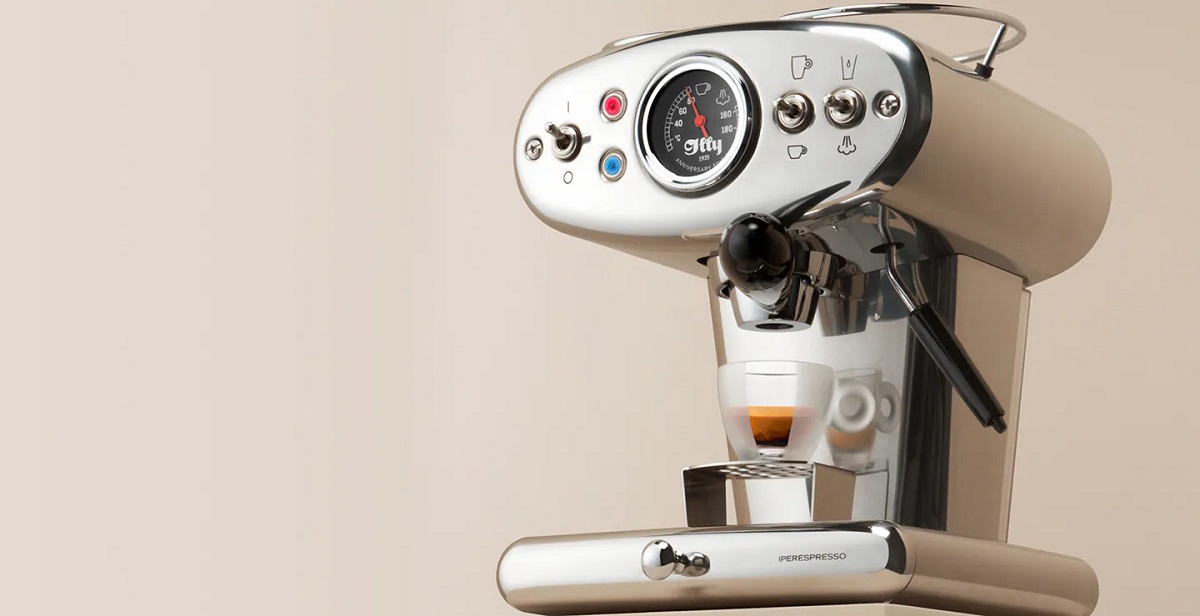
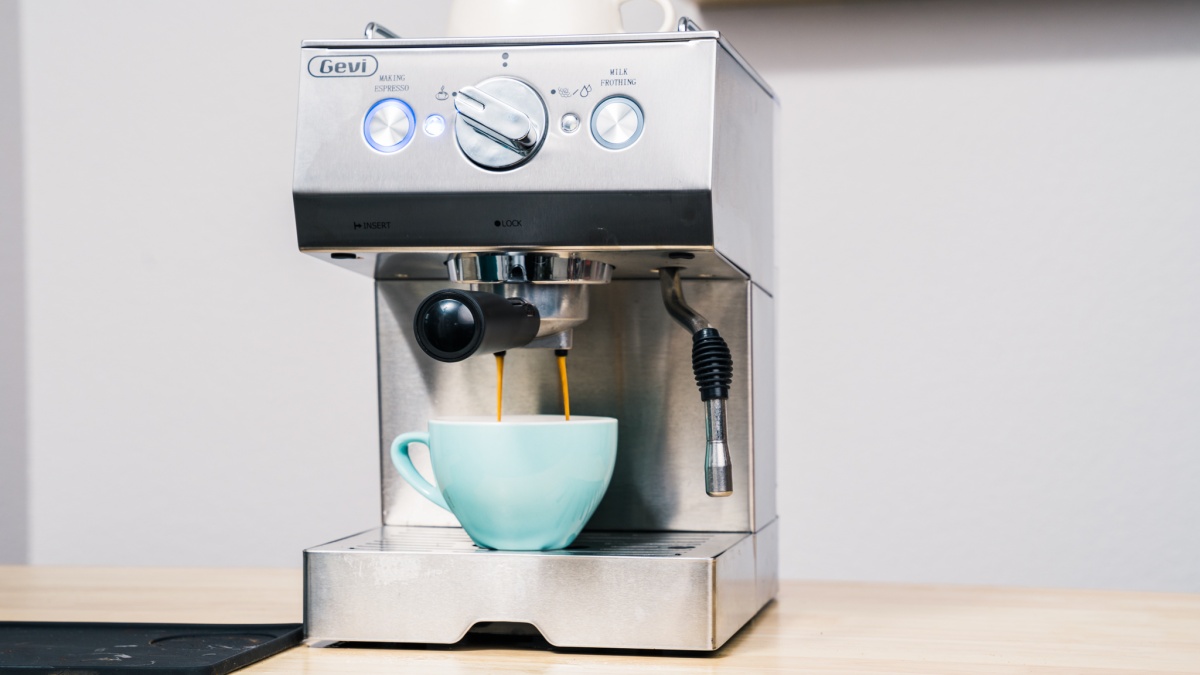
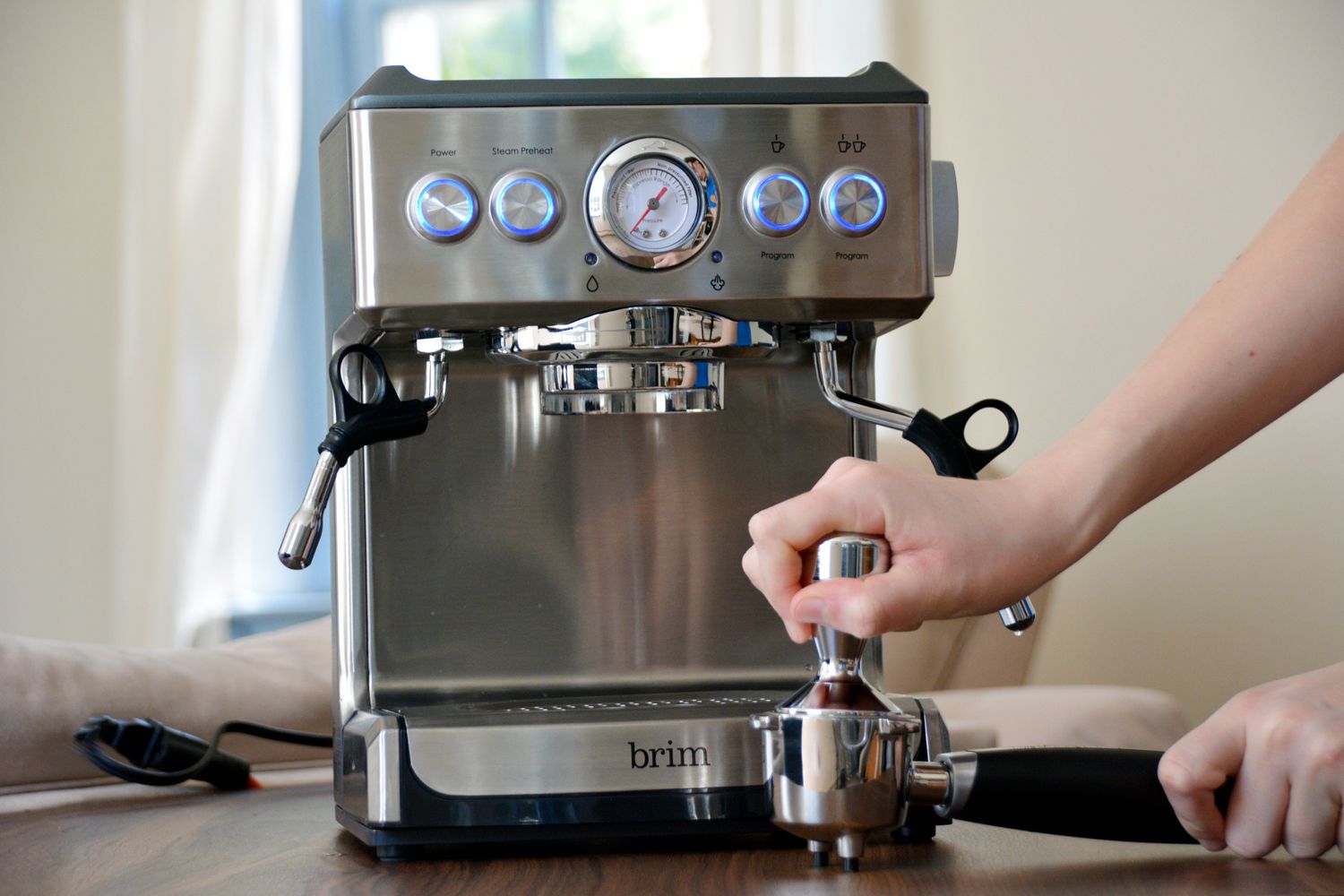
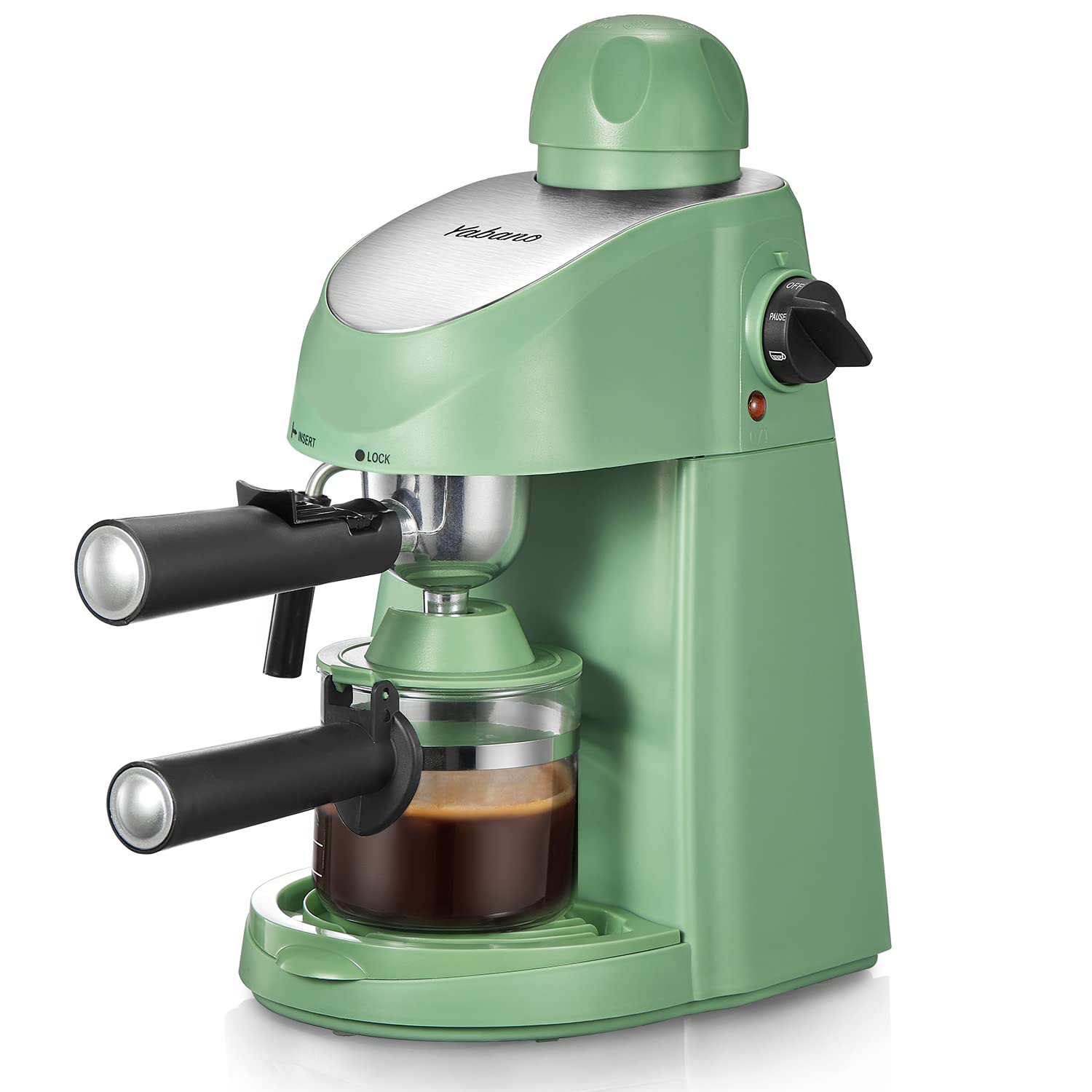

0 thoughts on “How To Use An Espresso Kettle”